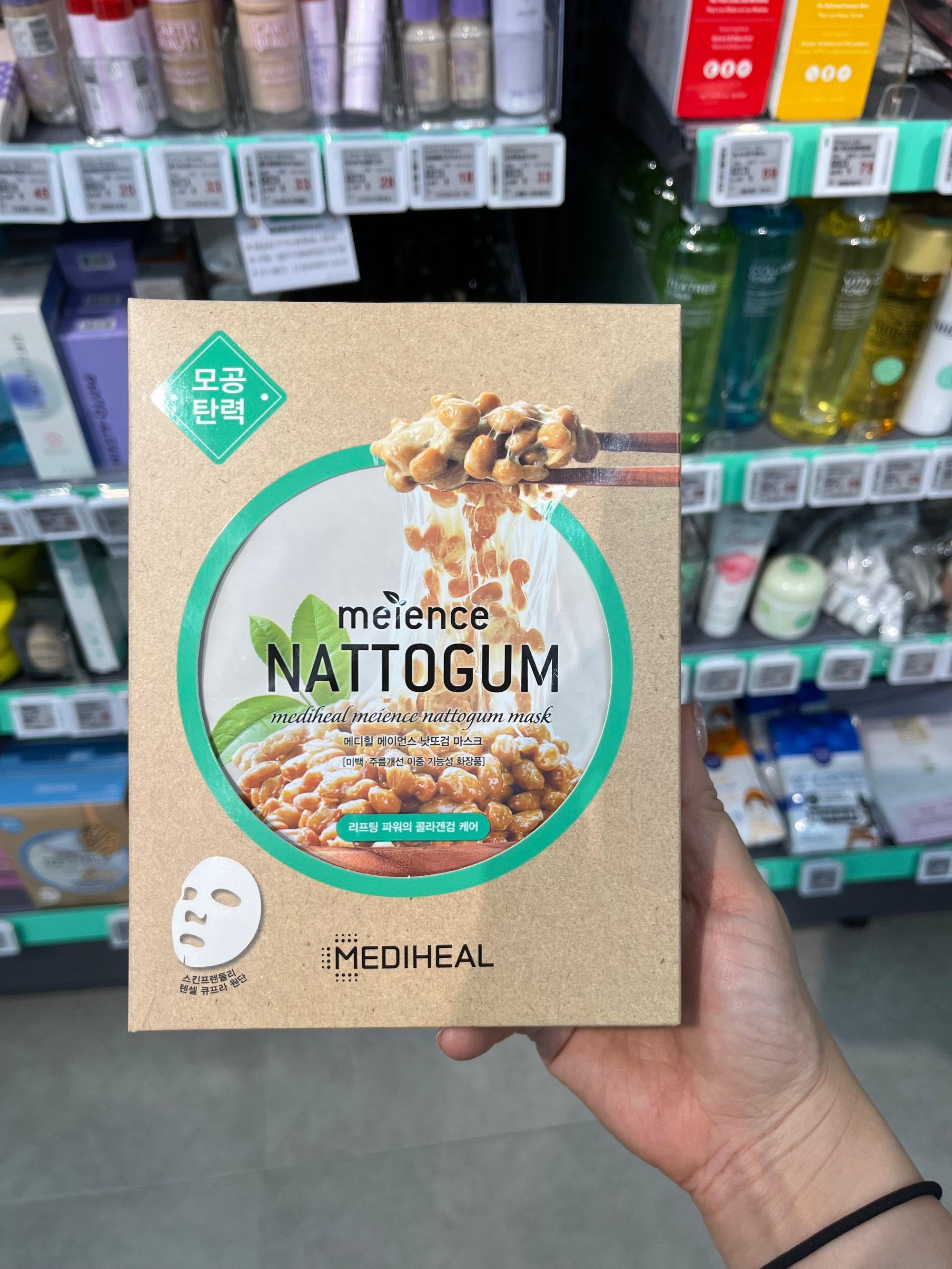“How do you mean? Let me try some!” he says, a little insulted.
“I remind you that you are under no obligation to try this dish,” Mariko tells Blackthorne in a measured voice. It is clear that she already knows how the foreigner will react to this esoteric food of theirs.

The anjin gamely shovels a portion of natto into his mouth as Fuji suppresses a giggle. Unsurprisingly, his face quickly floods with confusion.
“Mmm. A bit like cheese,” he grimaces. “Very stinky … possibly spoiled cheese.”
I can see why it can be a challenging ingredient, but I am firmly in the former camp. In fact, I even named one of my kittens Natto after the speckled brown pattern on her belly reminded me of tiny soybeans (true to her name, she is also extremely slippery and eludes capture when you try to pick her up).
Natto is a quintessential breakfast food in Japan, where many appreciate its neba-neba (slippery) texture with a bowl of simple steamed rice – a dish known as natto-han (a combination of natto and gohan, or rice).

According to the Soyinfo Centre, the “world’s most complete collection of soy information”, natto is said to have originated sometime in the 11th century, in northeast Japan.
One popular legend has it that during the Heian period, the military commander Minamoto Yoshiie (1041-1108) forgot about the sack of cooked soybeans he was carrying on the back of his horse.
Upon discovering the discoloured, fermented beans and tasting them, Minamoto found them surprisingly palatable – and thus, natto was born.
She offers a 4,400 yen (US$28) tasting menu where all courses feature natto in some form – natto potato salad topped with Kyoto-style seasoned egg, natto dumplings with leek and vinegared pepper, even a “neba-bonara” or her take on a natto carbonara.
Natsumi told local media that she had wanted to “eradicate the hate of natto beans”; the restaurant’s target clientele was not necessarily those who already love natto, but those who did not understand or appreciate it – like herself, in the beginning, or her American friends.
I get it. When living in Britain, I came to enjoy natto on grilled sourdough – a twist on British beans on toast that my English flatmates did not see coming.

As I discovered more, I experimented more – like Natsumi, I would stir it into pasta, with shiso and salted plum.
I have also folded whisked natto into an omelette, which mimics and enhances the soft, silky curds of lightly scrambled egg. At Natsumi’s restaurant, one of her signature dishes is a mentaiko cream natto omelette.
If you can stomach natto, there is a whole world of benefits. According to Cyrus Luk Siu-lun, a dietitian and executive committee member of the Hong Kong Dietitians Association, natto is an excellent source of probiotics as well as being high in protein, fibre, manganese, iron and other nutrients.
He cites a 2001 study involving hundreds of postmenopausal women that has shown that regular consumption of natto is associated with reduced bone loss.

Luk also notes that, to preserve the good probiotics contained in natto, it is best to add it towards the end of the cooking process and to avoid boiling or frying it. As such, those eating natto for health benefits are recommended to leave it untouched by heat.
And when it comes to experimenting with flavour profiles, some chefs are giving it a good go.
Last year, Räty added a natto dessert to the menu: an ice cream made with toasted natto and oat milk, served with coffee kanpyo, cold infused coffee cream, and wasanbon crumble.
“Personally, I don’t like natto. But one day I toasted it in the oven and the results surprised me,” he says. The process brought out a nutty umami character in the fermented soybean that he found intriguing.

He has since applied that knowledge to develop a natto-infused sauce for Arbor’s fish main course of pan-roasted Murray cod, brown butter, sesame, burnt cream and smoked pike roe.
The toasted natto technique infuses an extra level of yeasty bread flavours in the sourdough sauce, he says.
“You always need to be just curious and try,” he adds. “And, sometimes, you surprise yourself and get inspiration for more unique ideas.”
It appears that natto might also have cosmetic benefits.

The product, however, has a respectable 4.6/5 rating on Amazon. One user describes it as “super weird at first since it’s very sticky and has a strong scent, however, this does its job”.
So, if you want the benefits of natto without having to consume it, why not try putting it on your face?







